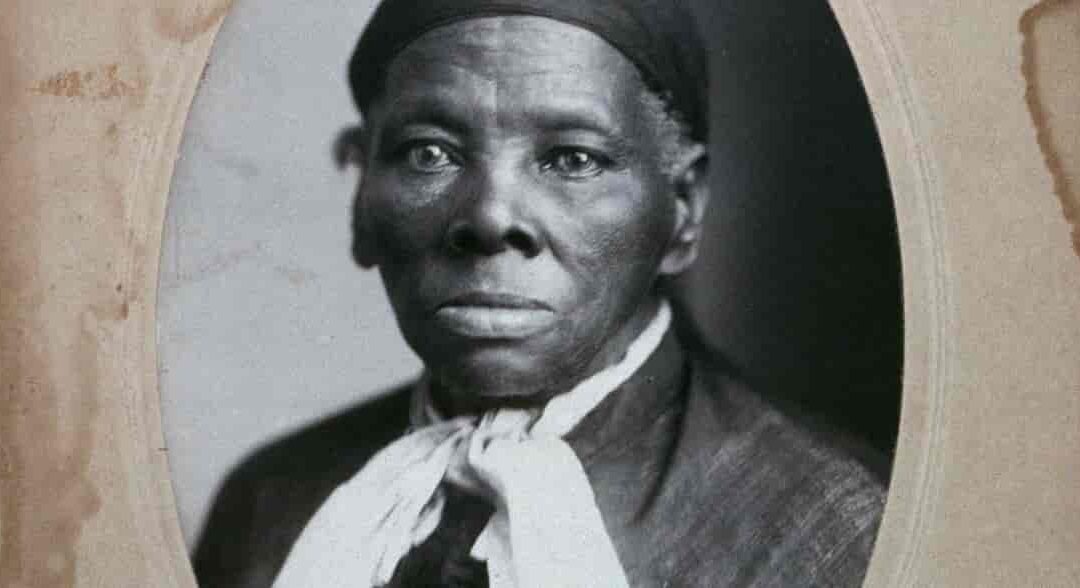She is among the most famous Americans in history – a woman so brave she tried to escape slavery twice and with such determination that she inspired many more slaves to flee.
Admired by some of the most influential minds of her day, she brought hope to generations of Americans, both enslaved and free. She was Harriet Tubman and her life was marked by cruelty and unlikely success.
She was born Araminta “Minty” Ross in Maryland around the year 1820, to enslaved parents. As a child, her master was Edward Brodess.
When she was 13 years old, a supervisor threw a metal weight at an enslaved man to get him back to work, but it ended up hitting her and causing a head injury.
She began to have dreams and symptoms similar to temporal lobe epilepsy; she interpreted the visions as divine symbols and acquired a deep religious feeling.
As a young woman, she married John Tubman and changed her name. John was free, but his status was not enough to protect his wife, now named Harriet, from being arbitrarily sold.
In 1849, Brodess tried to sell her but could not find a buyer due to Harriet’s health. When Brodess died, it seemed certain that she would be separated from the rest of her family.
So Harriet fled for the first time with her brothers. The escape failed when her brothers returned to the Brodess estate. Soon after, she decided to go alone.
Tubman came to Pennsylvania from Maryland with the help of the “Underground Railroad”. Once there, she tried to free other members of her family from slavery.
She would return to Maryland 13 times to rescue them. Along the way, she provided information to other slaves to aid them in their own fight. Armed with a revolver and with her faith, she led up to 70 slaves to freedom.
Although she was illiterate and lacked official training, she used her experiences in slavery to help the abolitionist cause.
She befriended prominent black and white abolitionists and intellectuals, and took advantage of these favorable ties to gain financial support for her cause.
As the most famous “conductor” of the “Underground Railroad”, she was nicknamed Moses in reference to the biblical character who led his people out of slavery.
During the Civil War, she assisted escaped slaves in Union camps and worked for the Union Army as a scout and spy. She led an armed expedition into Confederate territory.
After the Civil War, Tubman continued her activism, fighting for women’s suffrage and defending free African Americans.
Although she was poor and in poor health in her later years, she never gave up.
In 1896, she purchased a 10-acre property in upstate New York that would later become a residence for the elderly and homeless people of color. She died there in 1913.
After her death, she became a legend and her story has inspired generations of African Americans to fight for civil rights.
In 2016, at the end of the Obama administration, the Treasury Department announced that Tubman would be the first woman to appear on a $ 20 bill, which has not yet materialized, presumably for political reasons.
Much of Tubman’s history is surrounded by myths , but she is still revered for the bravery that not only helped her flee, but helped others while trying not to be captured. She remains one of America’s best-known historical figures.
Source: National Geographic








